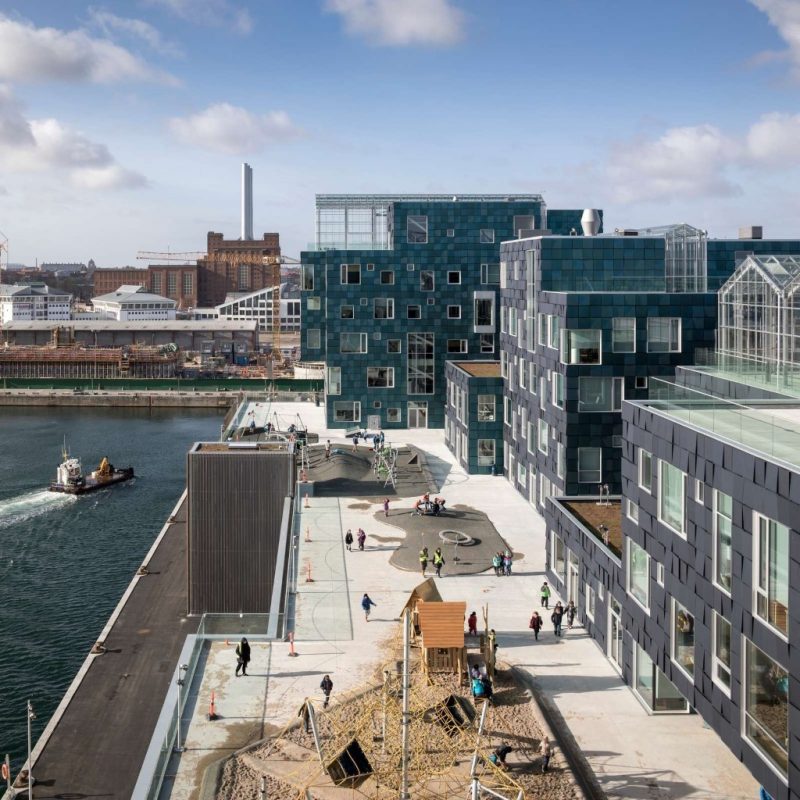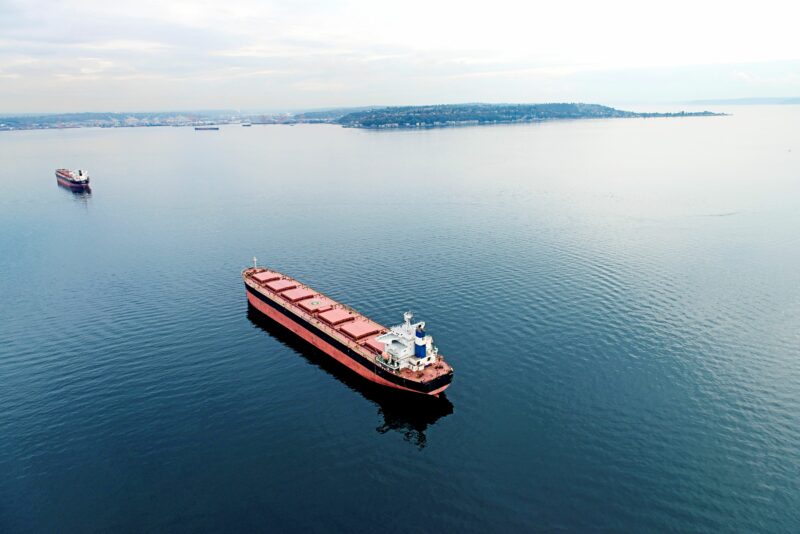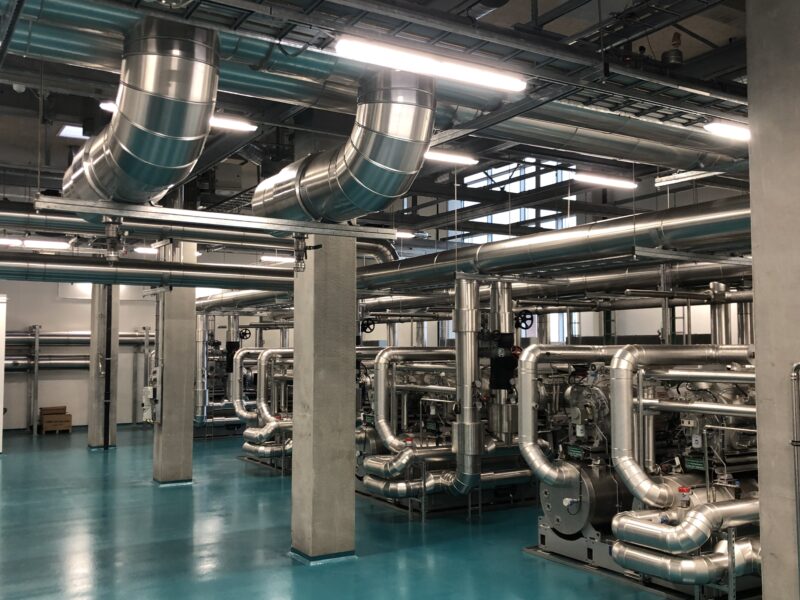News
Buildings
District energy
Energy efficiency in buildings
+8
Tomorrow’s digital energy adventure starts on Bornholm
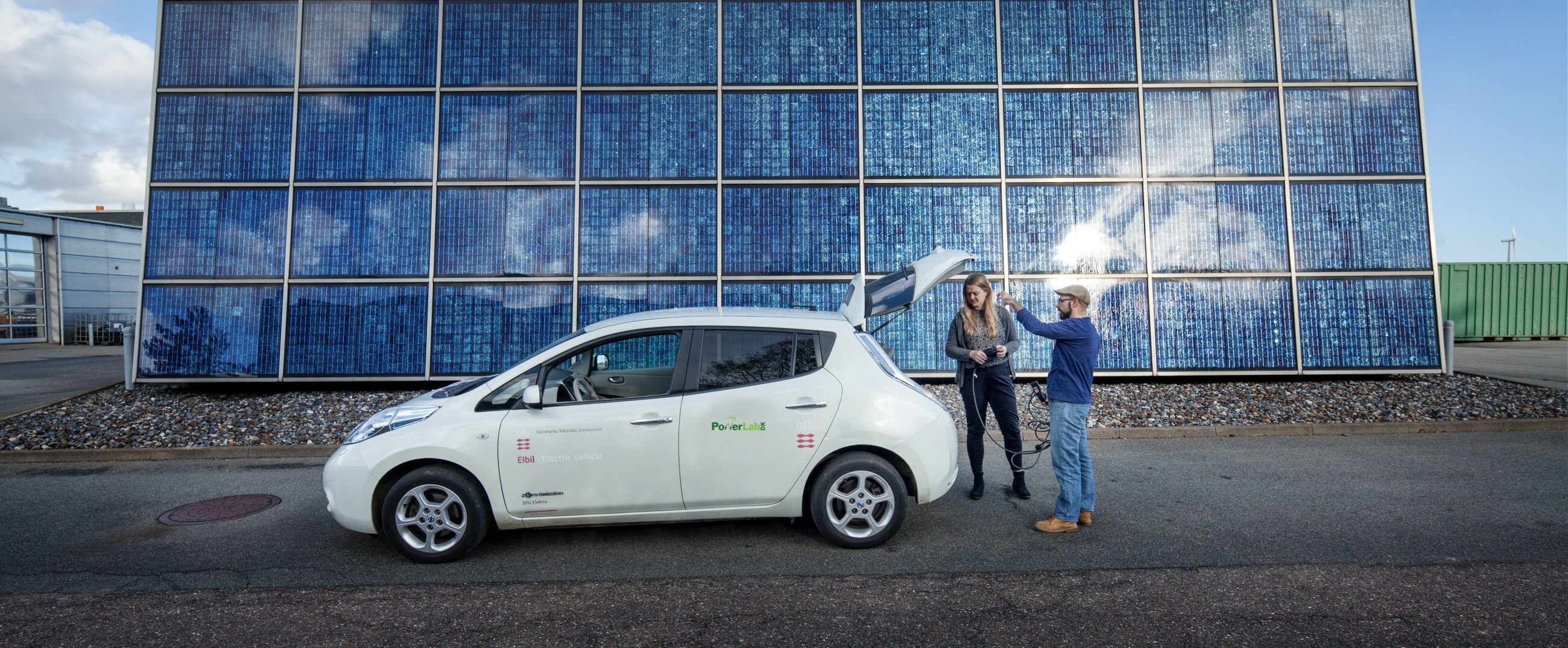
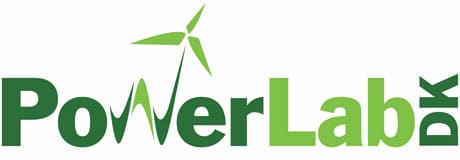
The future of our energy supply is one of the biggest global challenges facing the world today. New solutions are constantly being developed - and almost daily we hear of new initiatives designed to optimize our utilization of existing energy sources. Also, we are told that the current market rules, tariffs, and technical regulations are outdated and out of sync with what is technologically feasible today - and therefore directly hamper the implementation of new solutions such as the utilization of surplus heat from companies or vehicle-to-grid solutions allowing power to flow from electric vehicles back to the grid.
There is universal consensus among experts that the optimization of our current energy sources should be coupled with the large amount of data on consumption available through the increased digitization. Smart digital solutions are being developed, but more knowledge is needed as are tests of how best to integrate the many new solutions and implement them without financial losses or too many ‘teething problems’. How can we create intelligent digital systems which ensure that we always end up with the cheapest and most eco-friendly solution?
A new energy reality
“Right now, we are looking at a myriad of new possibilities, but forseeing the right choices is difficult. We quite simply lack insight into the best ways of combining various energy solutions to ensure that they are stable and durable. However, in Denmark we have ample opportunity for testing and demonstrating the various technologies and energy solutions in different combinations within a clearly defined area. This represents an enormous advantage for Danish technology companies and their ability to develop solutions for global markets which are subject to different types of regulation,” says Frida Frost, COO of PowerLabDK, DTU.
Frida Frost points out that the Danish government’s proposal for a new energy agreement on the establishment of a national test zone for future energy solutions is a huge step in the direction of being able to gain the knowledge needed to design the digital energy solutions of the future. Bornholm is an obvious choice as the island is a miniature version of the whole of Denmark with the same proportionate distribution of industry, population, energy supply, etc.
“Bornholm is both a municipality and a region, and the island has its own utilities. It may sound uninteresting when it comes to addressing the challenges associated with our future energy supply. But, importantly, finding the optimum solution is also about involving both national and local authorities,” says Frida Frost.
However, our primary focus is on the users of the system. The solutions must be developed for the users, and they must work for the users. This is by no means a new role for the citizens of Bornholm who have, in recent years, taken part in a number of projects, including the large EcoGrid project, which has won numerous international awards.
Investing in Bornholm as a test zone will pave the way for major economic gains, not least in view of the considerable export potential identified by Deloitte in a report from the end of 2017.
“It’s crucial that we are able to test the technologies in ‘the real world’, if Denmark is to secure its role as a pioneering country within energy technology. Bornholm as a test zone for smart energy will therefore be of huge importance, as it will allow us to test new market models in an existing environment. This can also make a significant contribution to creating the right conditions for the continued growth of green technologies for the Danish energy industry,” says Claus Madsen, CEO of ABB A/S, a supplier of energy, transport, and infrastructure solutions.
Denmark already has considerable energy technology exports, and if we find the solutions needed to realize the intelligent energy system for the future, we will be looking at a new exciting energy adventure.
You should consider reading
solutions
Combined heat and power production
+6
CopenHill: The story of the iconic waste-to-energy plant
20 November 2024solutions
Energy efficiency in buildings
+2



